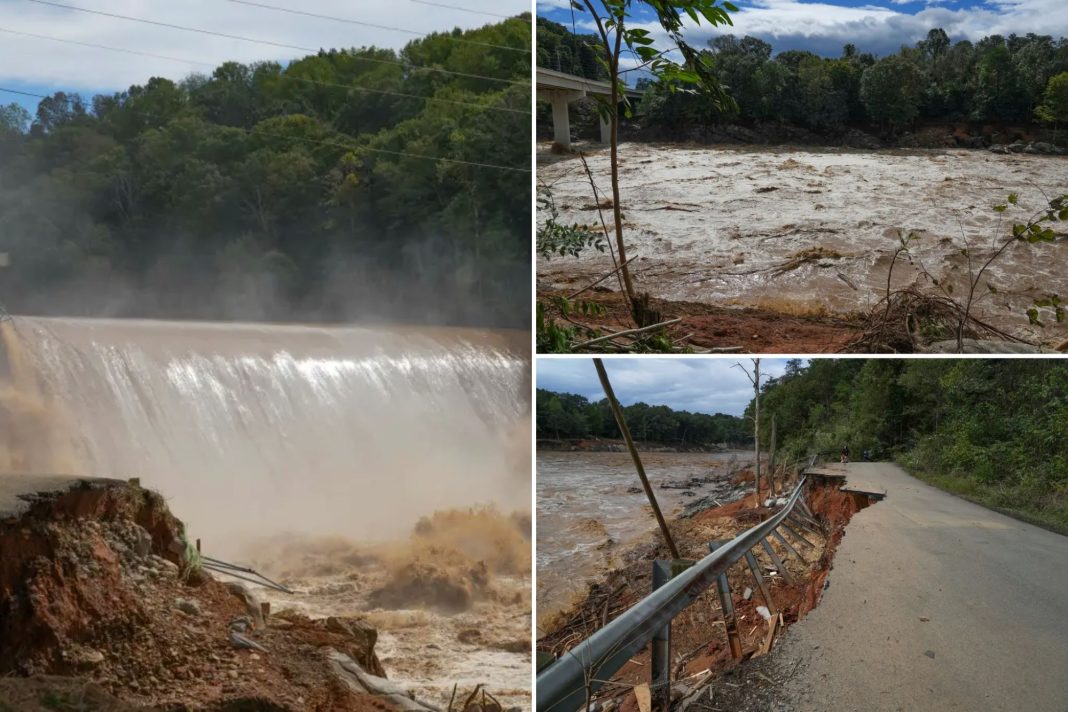In a significant shift in the discourse surrounding offshore wind energy development, Oregon Governor Tina Kotek has called for a halt to the state’s offshore wind lease plans, labelling them as “rushed and divisive.” This development comes in the wake of the U.S. Department of Interior’s Bureau of Ocean Energy Management (BOEM) announcing a delay in the auction of two wind energy areas off the Oregon coast. The postponement, initially set for October 15, was largely attributed to a lack of interest from potential bidders, with only one of the five qualified companies expressing intent to participate.
Governor Kotek’s concerns reflect a growing sentiment among various stakeholders, including environmental advocates, local communities, and Indigenous groups. In a letter addressed to BOEM Director Elizabeth Klein, she emphasized the need for a more measured and inclusive approach to offshore wind energy, urging the agency to “halt all current leasing activities off the coast of Oregon.” This call to action is part of Kotek’s broader strategy to reassess the potential risks and opportunities within the burgeoning offshore wind industry, as her administration grapples with the implications of accelerated projects that may not fully consider local needs and environmental impacts.
The tension surrounding the offshore wind auction is emblematic of a larger issue at play: the balance between ambitious climate goals and the realities faced by coastal communities. As the Biden administration aims to generate 30 gigawatts of fixed-bottom offshore wind by 2030—enough to power over 10 million homes—the pace and approach of this development are under scrutiny. The White House has projected that such expansion could spur $12 billion annually in private investment and avoid 78 million metric tons of CO2 emissions. However, the local backlash hints at a disconnect between federal ambitions and the realities faced by those living in affected regions.
Stakeholders, including the Confederated Tribes of the Coos, Lower Umpqua, and Siuslaw Indians, have expressed serious concerns over the potential environmental impacts of offshore wind installations. Tribal Council Chair Brad Kneaper recently articulated these fears, stating that the rushed auction process has left critical questions unanswered regarding the impacts on local fish, wildlife, and cultural resources. In light of these concerns, the tribes are reconsidering their recent litigation against BOEM, which sought to halt the auction until a more comprehensive understanding of its ecological implications could be achieved.
Adding to the complexity, Oregon’s legislative Coastal Caucus has voiced its opposition to BOEM’s proposed lease, indicating a broader consensus among local leaders that the current federal approach is misaligned with the needs of coastal residents. Senators Ron Wyden and Jeff Merkley echoed these sentiments, criticizing what they perceive as a top-down approach that disregards local voices. Wyden articulated that Oregonians expect federal agencies to prioritize community input and environmental stewardship over expedient decision-making driven by distant political agendas.
Meanwhile, neighboring Washington state has also shown hesitance, with Governor Jay Inslee opting not to pursue a federal offshore wind planning process at this time. This retreat from aggressive offshore wind strategies indicates a growing recognition of the need for a more nuanced and collaborative approach to energy development in the Pacific Northwest.
As Oregon continues to navigate the complexities of its climate objectives—aiming to reduce emissions from fossil fuels by 50% by 2035 and 90% by 2050—offshore wind energy is positioned as a crucial component in reaching these targets. A report by the Oregon Department of Energy posits that achieving these ambitious goals will require substantial contributions from offshore wind, potentially necessitating around 20,000 megawatts of energy.
Looking ahead, BOEM has indicated its commitment to exploring future lease opportunities in Oregon, pledging to engage with federal, state, and local representatives, as well as tribal governments. However, the path forward will require careful consideration of local concerns and a concerted effort to build consensus among stakeholders.
In conclusion, the unfolding saga of offshore wind energy development in Oregon serves as a microcosm of the broader challenges facing renewable energy initiatives across the United States. As the nation grapples with achieving ambitious climate goals while ensuring local communities are heard and protected, the lessons learned from Oregon’s experience will undoubtedly inform future energy policies and practices. Moving forward, a collaborative approach that respects both environmental imperatives and community needs may very well be the key to unlocking the full potential of offshore wind energy.

